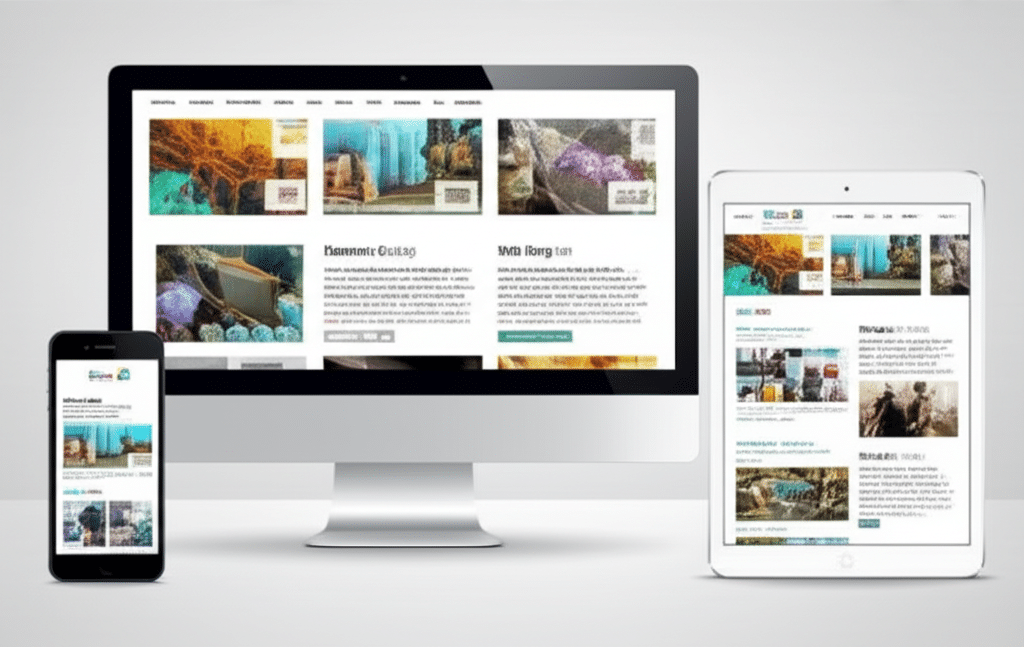Your website is your digital storefront, the first impression many potential customers will have of your brand. It’s not just about having an online presence; it’s about crafting an experience that truly reflects your brand identity. Are you ready to build a website that not only attracts visitors but also converts them into loyal customers? This guide will walk you through the essential steps to building a website that perfectly embodies your brand.
Defining Your Brand Identity
Before embarking on the journey of building a website that reflects your brand identity, you must first understand what your brand truly stands for. What are your core values? What is your unique selling proposition? Who is your target audience? Clearly defining these elements is the foundation upon which your entire online presence will be built. Think about the emotions you want to evoke in your visitors. Are you aiming for sophistication, playfulness, or perhaps trustworthiness? Documenting these aspects will serve as a valuable guide throughout the website development process.
Visualizing Your Brand Online
Once you’ve solidified your brand identity, it’s time to translate it into a visual language for your website. This involves carefully considering your website’s design elements, from color palettes and typography to imagery and overall layout.
Choosing the Right Color Palette
Colors evoke powerful emotions and play a crucial role in conveying your brand’s personality. A vibrant palette might suit a youthful and energetic brand, while a more muted palette could reflect sophistication and elegance. Consider the psychology of color and choose a palette that aligns with your brand’s message.
Typography and Font Selection
The fonts you choose contribute significantly to the overall look and feel of your website. Just like colors, fonts have personalities. A sleek, modern font might be appropriate for a tech company, while a more traditional font could be suitable for a law firm. Ensure your chosen fonts are legible and reflect your brand’s aesthetic.
Imagery and Visual Content
Images speak louder than words. Use high-quality images and videos that resonate with your target audience and reinforce your brand message. Whether you opt for professional photography, custom illustrations, or stock photos, ensure your visual content is consistent with your brand identity.
Crafting Compelling Content
Building a website that reflects your brand identity goes beyond visuals. Your content plays a vital role in communicating your brand’s values and connecting with your audience.
Defining Your Brand Voice
Your brand voice is the personality and tone you use in your written content. Are you formal and professional, or casual and friendly? Consistency in your brand voice across all website pages is crucial for building a strong brand identity.
Creating Engaging Website Copy
Write clear, concise, and compelling copy that resonates with your target audience. Highlight your unique selling proposition and the benefits of choosing your brand. Use keywords strategically to improve your website’s search engine optimization (SEO), making it easier for potential customers to find you.
User Experience and Navigation
A seamless and intuitive user experience is paramount to building a website that reflects your brand identity. Visitors should be able to easily navigate your website and find the information they need.
Intuitive Website Structure
Organize your website content logically and create a clear navigation menu. This will enhance user experience and encourage visitors to explore your website further.
Mobile-Friendly Design
In today’s mobile-first world, ensuring your website is responsive and mobile-friendly is essential. A seamless mobile experience is crucial for providing a positive brand experience to all users.
Technical Considerations for Brand Consistency
While aesthetics and content are crucial, the technical aspects of your website also play a role in reflecting your brand identity.
Website Speed and Performance
A slow-loading website can negatively impact user experience and damage your brand’s reputation. Optimize your website for speed to ensure a smooth and efficient browsing experience.
SEO Optimization
Optimizing your website for search engines is crucial for attracting organic traffic and increasing brand visibility. Use relevant keywords throughout your website content and meta descriptions.
Measuring and Refining Your Website’s Effectiveness
Building a website that reflects your brand identity is an ongoing process. Regularly analyze your website’s performance and gather user feedback to identify areas for improvement.
Website Analytics
Use website analytics tools to track key metrics such as website traffic, bounce rate, and conversion rates. This data will provide valuable insights into how users interact with your website and identify areas for optimization.
User Feedback
Gather user feedback through surveys, polls, or feedback forms. This will help you understand user experience and make necessary adjustments to improve your website’s effectiveness in reflecting your brand.
Building a website that truly reflects your brand identity requires careful planning and execution. By focusing on the key elements discussed above – from defining your brand’s core values to optimizing website performance – you can create a compelling online presence that attracts, engages, and converts visitors into loyal customers. Are you ready to take your brand to the next level with a website that truly represents who you are? Start building today!













